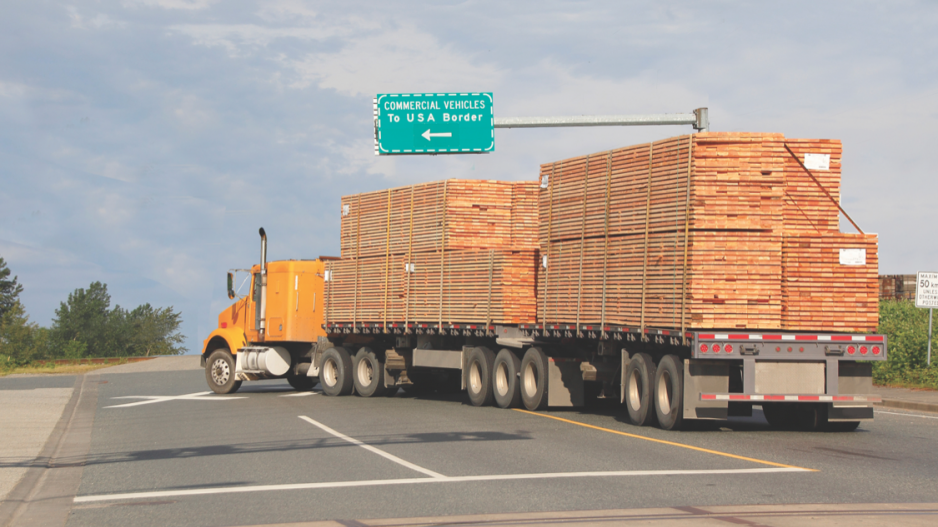Canada's forestry sector might be facing one of the most volatile times in recent history, yet recent figures suggest it’s off to a solid start in 2017.
The latest annual report from accounting firm PwC shows optimistic first-quarter results for the forest industry.
According to Forest, Paper and Packaging Deals Insights Quarterly, there have been 23 deals in the first 90 days of 2017, with a total value of US$4.2 billion.
The top five deals accounted for about US$3.8 billion. Those deals included two transactions in the Americas region, two in the Asia-Pacific region and one in the Europe, Middle East and Asia region.
In the Americas, WestRock Co. (NYSE:WRK) announced an agreement to buy Multi Packaging Solutions International Ltd. for US$2.3 billion.
Rayonier Inc. (NYSE:RYN) plans to acquire 95,100 acres of industrial timberlands in Florida and Georgia for an aggregate purchase price of approximately US$217 million.
Additionally, Keweenaw Land Association acquired roughly 14,305 acres of northern Wisconsin timberland for US$12.8 million.
Overseas, Japan’s leading toilet paper producer, Daio Paper Corp., acquired the business of Nisshinbo Holdings Inc. for an estimated US$221 million.
While the sector shows continued strength, a new set of software lumber tariffs imposed by the U.S. Department of Commerce could hurt B.C. companies.
Combined, the countervailing and anti-dumping duties will raise the cost of lumber exported to the U.S. by close to 30%.
Beyond the implications of the new duties, industry professionals worry about other localized obstacles.
“We’ve got a number of challenges; first and foremost is the fibre situation,” said Kevin Bromley, partner at PwC Canada. “The price of fibre will increase as supplies are restricted and there is demand – that is a very big issue.”
Susan Yurkovich, president and CEO of the Council of Forest Industries, mirrored concerns about fibre and the long recovery from the pine beetle infestation.
“We are going to still be dealing with the effects of the mountain pine beetle infestation, which peaked years ago, but now we are still working through the deadwood.
“There is going to be a shift from logging mostly dead pine and moving back into greenwood, and that’s going to have an impact. There is going to be a shift in availability of fibre, which means mills have to go farther to get that fibre.”
At the same time, the growing participation of indigenous groups with major forest players across Canada has spurred renewed optimism about the industry’s future.
“We are going to have a very significant turnover in labour as people age,” Yurkovich said. “Demographics are changing. We have older workers, so we need to attract more people to the forest sector. A lot of the forest sector is in rural communities, so we think the increased involvement is a great development not only because it provides for economic activity and jobs for First Nations, but also because we really need those workers and they are located in areas where we have operations.”
Many indigenous companies are emerging in the sector that are eager to work with industry professionals to share in the profit and create working agreements for both the sustainability of the land and employment of local community members.
“About 70% of our lands are on or adjacent to First Nations lands, so there is a real close working partnership in a lot of communities across the country because of that shared existence,” said Derek Nighbor, president and CEO of Forest Products Association of Canada. “Having a healthy forest sector and having good relationships with the First Nations are good for jobs and the economy.” •




